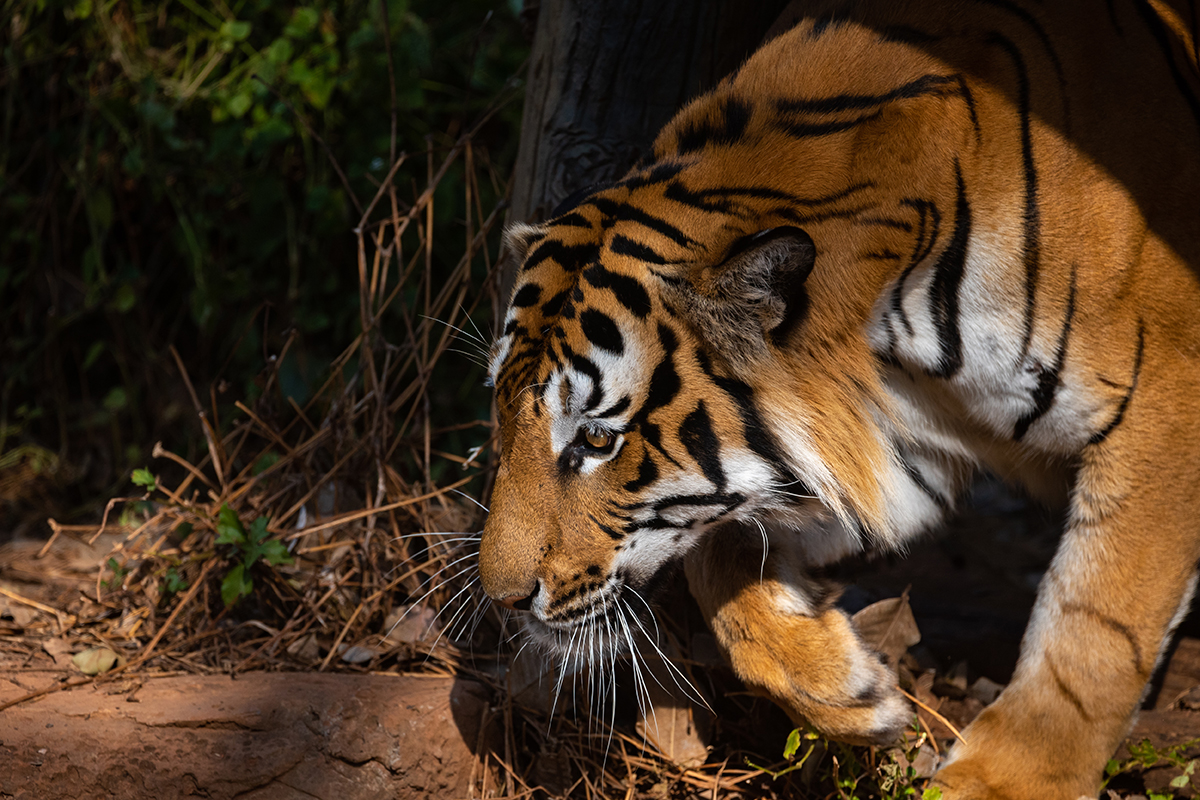The Social Lives of Animals
Social behavior in animals is a complex and diverse phenomenon that has evolved over millions of years. From the intricate family structures of elephants to the hierarchical packs of wolves, animals exhibit a wide range of social interactions that help them survive, reproduce, and thrive in the wild.
One of the most well-known examples of social animals is the elephant. Elephants live in close-knit family groups led by a matriarch, the oldest and wisest female. These groups display remarkable levels of cooperation and care, with members protecting each other, helping raise calves, and mourning the loss of their kin.
Similarly, wolves are highly social animals that live in structured packs. Each pack has a defined hierarchy, with an alpha pair leading the group. Cooperation is key to their survival, especially during hunts, where wolves work together to take down prey much larger than themselves.
Other animals, like dolphins and primates, also form strong social bonds. Dolphins are known for their playful behavior and advanced communication skills, which help them navigate complex social structures within their pods. Primates, such as chimpanzees, exhibit highly developed social behaviors, including grooming, cooperation, and even political alliances within their groups.
Living in groups offers many advantages, including protection from predators, access to shared resources, and improved chances of reproduction. However, it also comes with challenges. Social animals must navigate conflicts, competition for mates, and the need to maintain harmony within the group.
